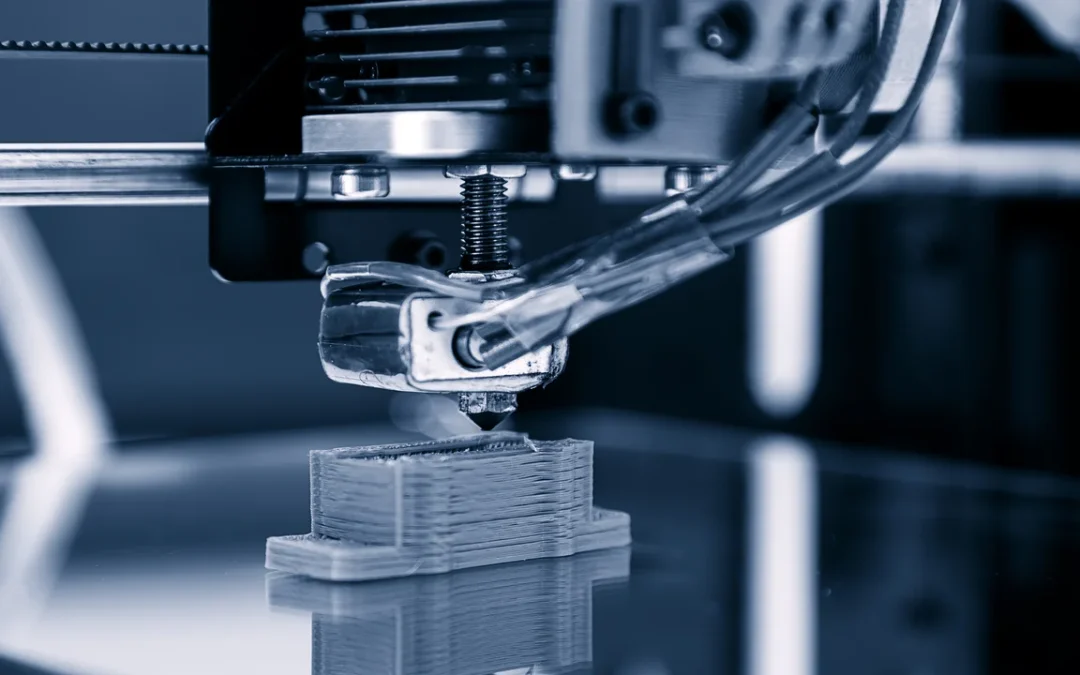Failure of a 3D Printed Piece with Polycarbonate Resin in the Superstructure of a Yacht.
Case Summary: In this scenario, the failure of a 3D printed piece using polycarbonate resin intended for the superstructure of a luxury yacht is examined. The piece in question is a fundamental structural component that is part of the yacht’s superstructure, designed to withstand marine conditions and provide structural support. After a short period of use, signs of deterioration and premature failure were observed in the 3D printed polycarbonate piece, raising concerns about safety and durability in some components of the yacht’s superstructure.
Case Details:
Failed Component: A 3D printed structural piece using polycarbonate resin, selected for its strength and lightweight properties for marine applications in the yacht’s superstructure.
Component Location: It is located in the superstructure of a luxury yacht, exposed to marine conditions, UV radiation, and dynamic loads during navigation.
Failure Symptoms: Appearance of cracks, undesired deformation, loss of structural integrity.
Conditions of Use: Exposure to marine weather, temperature changes, vibrations, and variable loads during navigation.
Manufacturing Process: 3D printing using Fused Deposition Modeling (FDM) technology with polycarbonate resin specifically for marine applications.
Laboratory Tests Conducted: Tensile strength tests, tests for resistance to marine corrosion, microstructure analysis using Scanning Electron Microscopy (SEM) to identify possible manufacturing defects.
Failure Analysis: Detailed investigation of the failed component, including strength tests, visual inspection, and microstructure analysis to determine the underlying cause of the failure.
Impact on the Yacht’s Superstructure: Evaluation of the superstructure’s safety, repair costs, potential design improvements, and selection of alternative materials.
Cause: After analyzing the case study, the most likely cause of premature failure is related to the polymer composition that could have contributed to cracking in the piece. Defects in the polymer material composition, such as non-uniform distribution of additives, presence of impurities, or variations in component concentrations, can weaken the structural integrity of the printed piece and lead to crack formation under loading conditions and exposure to adverse environmental factors.
Prevention: To address this specific cause and prevent crack formation in future 3D printed pieces with polycarbonate resin, the following actions can be considered:
Quality control in resin formulation: Implement strict quality control during the manufacturing of polycarbonate resin to ensure a homogeneous and defect-free formulation. This may include characterization tests such as Fourier-transform infrared spectroscopy (FTIR) to identify impurities and particle size distribution analysis to ensure a uniform mixture of components.
Microstructure analysis: Conduct detailed analyses of the polycarbonate resin’s microstructure using techniques like Scanning Electron Microscopy (SEM) to identify possible formulation defects that may lead to crack formation.
Strength and durability testing: Perform comprehensive tensile strength tests and fatigue tests to assess the polymer material’s resistance to dynamic loads and adverse environmental conditions.
By addressing potential defects in the polycarbonate resin formulation and conducting detailed characterization tests, the quality and durability of 3D printed pieces used in the yacht’s superstructure can be improved, reducing the risk of premature failures due to cracks and ensuring the structural integrity of the vessel in demanding marine environments.

